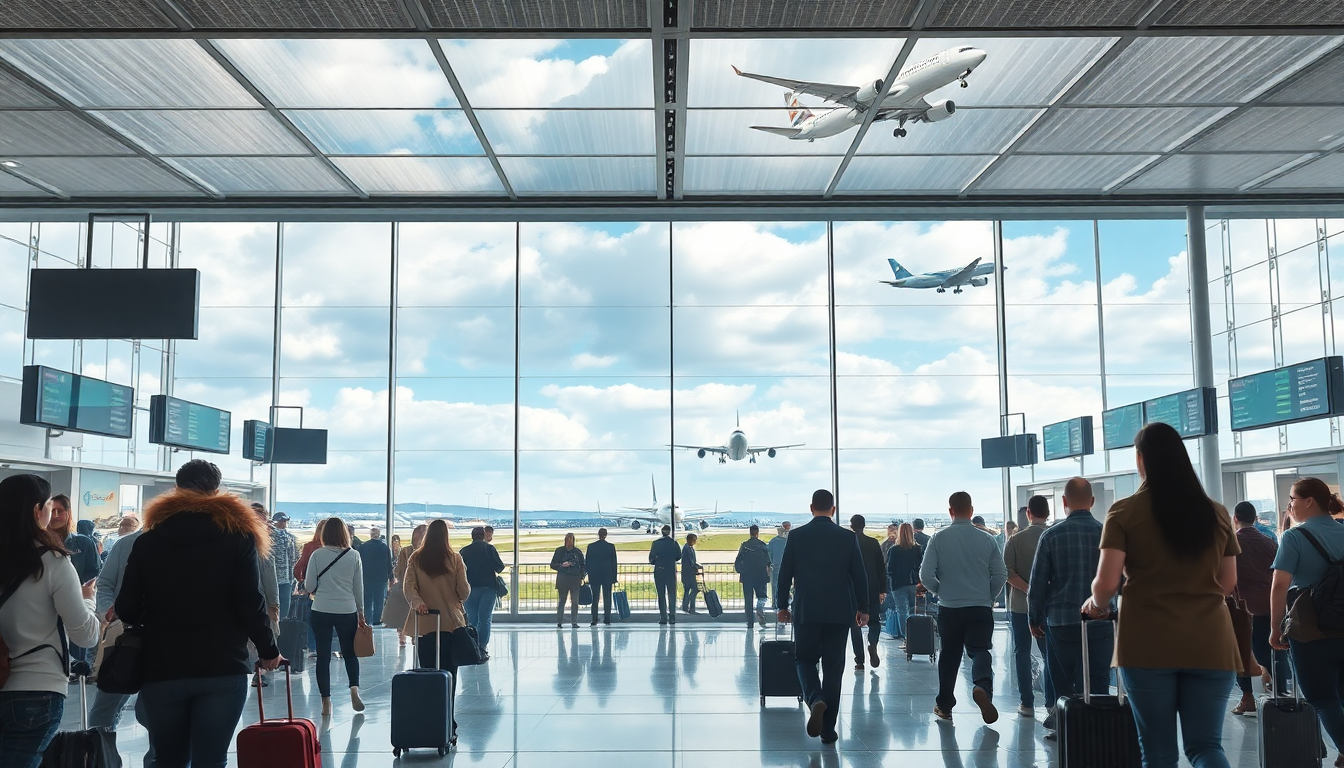Table of Contents
The air travel industry is on a remarkable growth trajectory, but it’s not without its bumps in the road. With global trade tensions rising, how will this affect your next vacation or business trip? Recent forecasts from the Asian Development Bank have trimmed the growth outlook for developing Asia and the Pacific, projecting a 4.7% increase for 2025, down from earlier estimates. This adjustment highlights the vulnerability of Southeast Asian economies as they grapple with the challenges of increased tariffs and targeted duties. What does this mean for airlines and hotels in the region? Let’s dive in.
The Current State of the Air Travel Market
Air travel has been a lifeline for economic growth across the Asia-Pacific, connecting leisure and business travelers alike. But as trade wars heat up, the landscape is changing. The Asian Development Bank’s recent outlook points to a challenging environment ahead for developing Asia. The reduced growth forecasts are largely due to weakened global trade, which directly impacts travel demand. Are you wondering how that could affect your plans?
As Southeast Asian exporters grapple with US tariffs that can soar to 20%, the fallout is being felt across multiple industries. Take steel and semiconductors, for instance; they’ve already faced targeted duties, and this trend is likely to continue. With the air travel market heavily reliant on stable trade relations and economic health, we could see some turbulence ahead, especially as business travel shifts in response to these economic pressures. Are airlines ready for this change?
Implications for Airlines and Hotels
The ripple effects of a strained trade relationship are particularly concerning for airlines and hospitality providers. Business travel often mirrors economic performance, so a slowdown in trade could mean tighter travel budgets and different travel habits. Airlines might struggle with reduced passenger numbers, while hotels could see dips in occupancy rates, particularly in markets sensitive to economic shifts. How will they adapt?
Industry experts are cautioning that the first half of 2026 could be rough for Asia-Pacific economies, which may further impact both leisure and business travel. In light of these potential disruptions, airlines must stay nimble, adapting their strategies to meet changing traveler demands. Hotels, too, should reassess their offerings, focusing on how to deliver real value to guests amid this shifting economic landscape. Are they prepared for the challenge?
Future Outlook and Strategies
Looking ahead, the air travel industry faces a complex mix of economic uncertainties. While the current climate may seem daunting, it also opens the door to innovation and adaptation. Airlines and hotels that can pivot quickly in response to market changes will have a better chance of weathering the storm. Implementing data-driven strategies to enhance customer experiences and streamline operations will be key to staying competitive. What strategies will emerge in this evolving landscape?
Investors and stakeholders in the industry need to keep their ears to the ground, analyzing market trends and adjusting their strategies accordingly. Historically, the air travel sector has shown resilience in the face of adversity, and with the right approaches, it can continue to thrive even amid global trade tensions. As the situation evolves, staying informed and prepared is essential for long-term success in this dynamic environment. Are you ready to embrace the future of travel?


